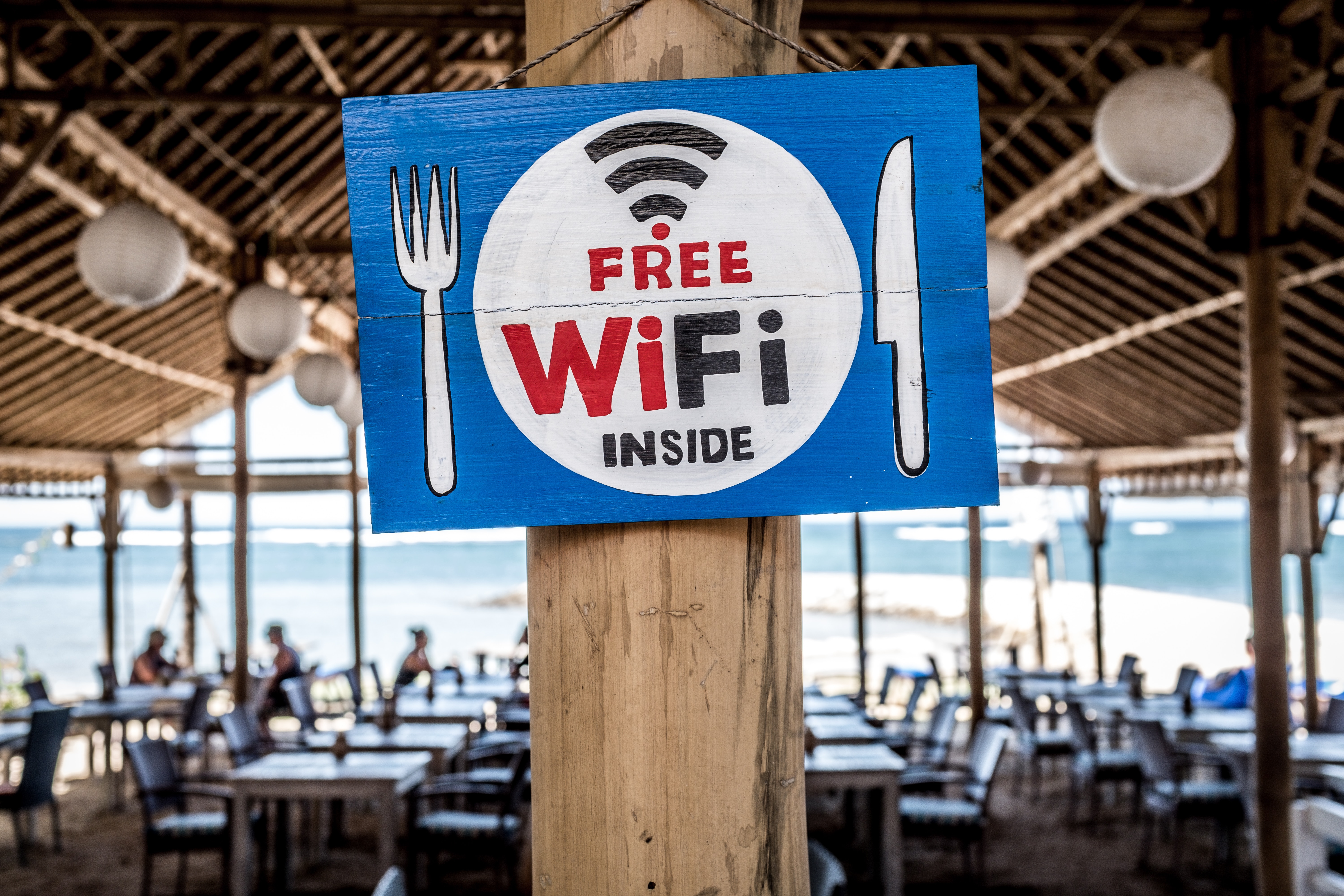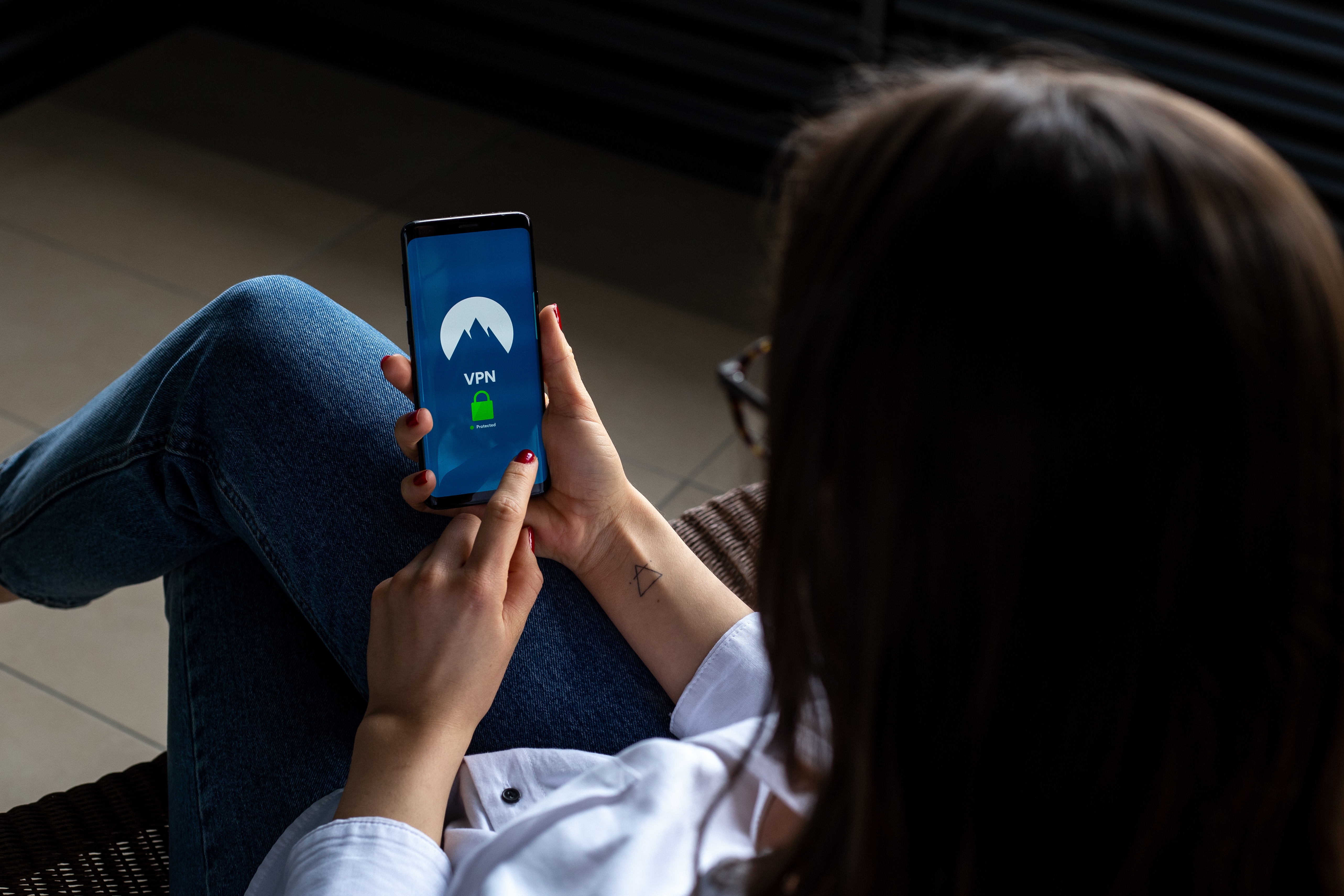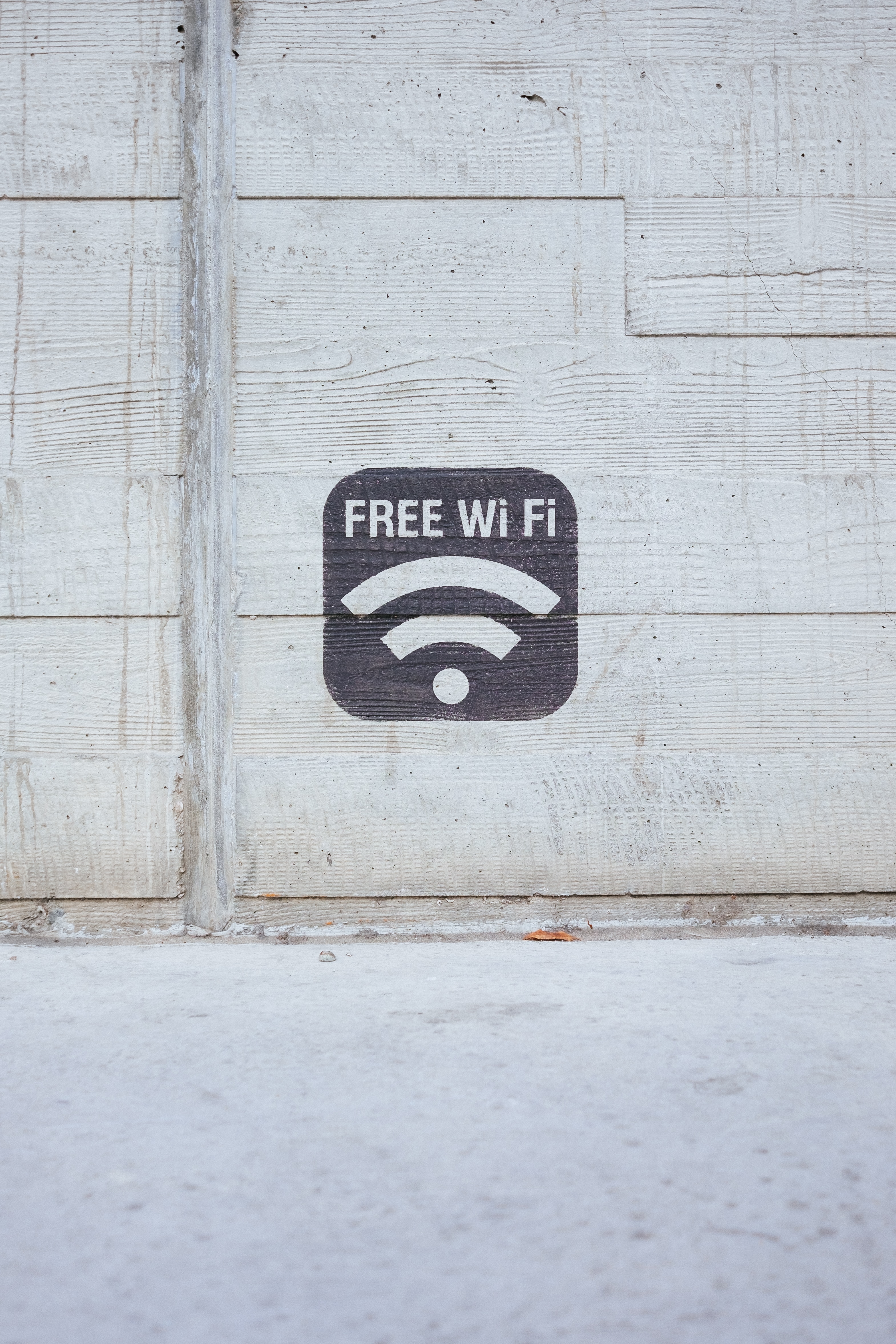Implementing a Public Network that Boosts Profits and Minimizes Risk
4 Min Read By Will Evans
Free WiFi used to be a novelty, but in today’s hyper-connected world, it has become a customer expectation. A recent survey by Open Table reported that two in five people wouldn't go to a restaurant that didn’t offer free WiFi.
Although offering free WiFi might seem like a no-brainer in an internet age, there are a number of factors that you should bear in mind when setting up a wireless network, especially when it comes to security.
The Benefits of Offering Free Internet
Customer Satisfaction
Free WiFi is pretty much a requirement when it comes to keeping customers happy, and they won’t be afraid to vote with their feet if they can’t check their emails whilst sipping a latte. Happy customers are more likely to return, which brings us to our second point …
Secure Regular Customers
More people are working remotely than ever before, and the trend is only set to grow in the coming years, with cafes and co-working spaces becoming the new norm. Offering a fast and free WiFi connection is a great way to build relationships with freelancers and remote workers in your area, who can become loyal customers.

Free Marketing
If you want to spread the word about why your business is the best in town, allowing your customers to connect to the internet can be a great way to gain some free social media promotion. By providing a free internet connection, you can boost the chances of snap-happy customers sharing your business with their followers on social media, and tagging your business in those well filtered snaps.
Another value-added marketing benefit is the ability to request GDPR-compliant email addresses from customers who opt in for the WiFi. You can then use this to see valuable analytics on how often specific users visit, and take advantage of it to see your venue’s most popular times, and target promotions and adverts towards this.
Top Tips for Seamless Surfing
That said, there are a number of issues which businesses need to bear in mind when implementing a public network, especially in regards to security. Below are some proactive tips to help businesses secure themselves now, not hastily react later:
Invest in Security
Adequate security is an absolute must for public networks – and we aren’t just talking about a password. Many small businesses have been the victims of hackers that have exploited unsecured WiFi networks. In some scenarios, this has led to the theft of private and confidential business and customer details.
At the very least, you should make sure that your business functions, such as payroll and online banking, are done on a different WiFi network and virtual LAN than the one used by guests, and that it is protected by a different password.
You should also ensure that your guest network has client isolation enabled. This over-the-air firewall will prevent wireless devices from communicating with each other on the same network and opening it up to unwanted visitors accessing information on it, limiting the threats of viruses and eavesdropping.

Other measures that you can take can include:
- Using a hotspot gateway which provides authentication, authorisation and accounting for a network.
- Adjusting the time your guest WiFi network is operational to match your opening hours, most professional systems allow you to do this easily and it ensures only your customers are using the network!
- Investing in enterprise-grade Access Points (APs) which can alert you to malicious rogue APs and even block them. Rogue APs are used by hackers to steal information remotely by taking advantage of mini APs with the same name as your network and fooling users into connecting to it.
Special Seating for Laptop Users
A common worry for businesses is that by offering this free, unlimited connection, customers will exploit it by spending all day on their laptops or tablets, reducing turnover and taking up spaces that could be used by many different customers.
A good way to cater for remote workers without compromising your business is by creating a designated area for laptop users, which means they won’t take spaces that could be used by other customers, whilst also allowing them to get on with their work in peace.
Choose the Right Broadband
Although it might be tempting to opt for a slower broadband option for a cheaper price, your customers won’t be impressed by WiFi that works at a snail’s pace- and may even up sticks to a competitor who offers a speedier connection.
For a wireless connection that will let your customers browse the internet with ease, we recommend getting the fastest possible at your location but also employing some per user speed limits, so a single/small number of heavy users can’t “hog” the connection impacting on your other customers.

Should broadband speeds be low at your location you can always load balance multiple broadband lines, effectively doubling, tripling or quadrupling the speed available to your customers by installing multiple lines and a load balancing router to share the traffic across the lines.
Give Your Network a Health Check
If you’re already offering free WiFi to your customers, you might be unsure about how you can improve issues such as speed and security. Experts recommend a regular survey be done on your business’ WiFi networks, to help identify any problems with your wireless signal or network.
We’re living in a connected society and people flock to places that make this easier for them. Businesses are competing in a very difficult environment, with multiple shops, restaurants and hotel chains regularly in the news over fear of closure. Consumers are looking for added value – and something that’s as simple, but effective, as free public WiFi can help you to unlock a huge opportunity for your business.


